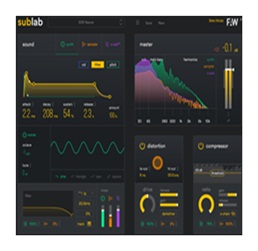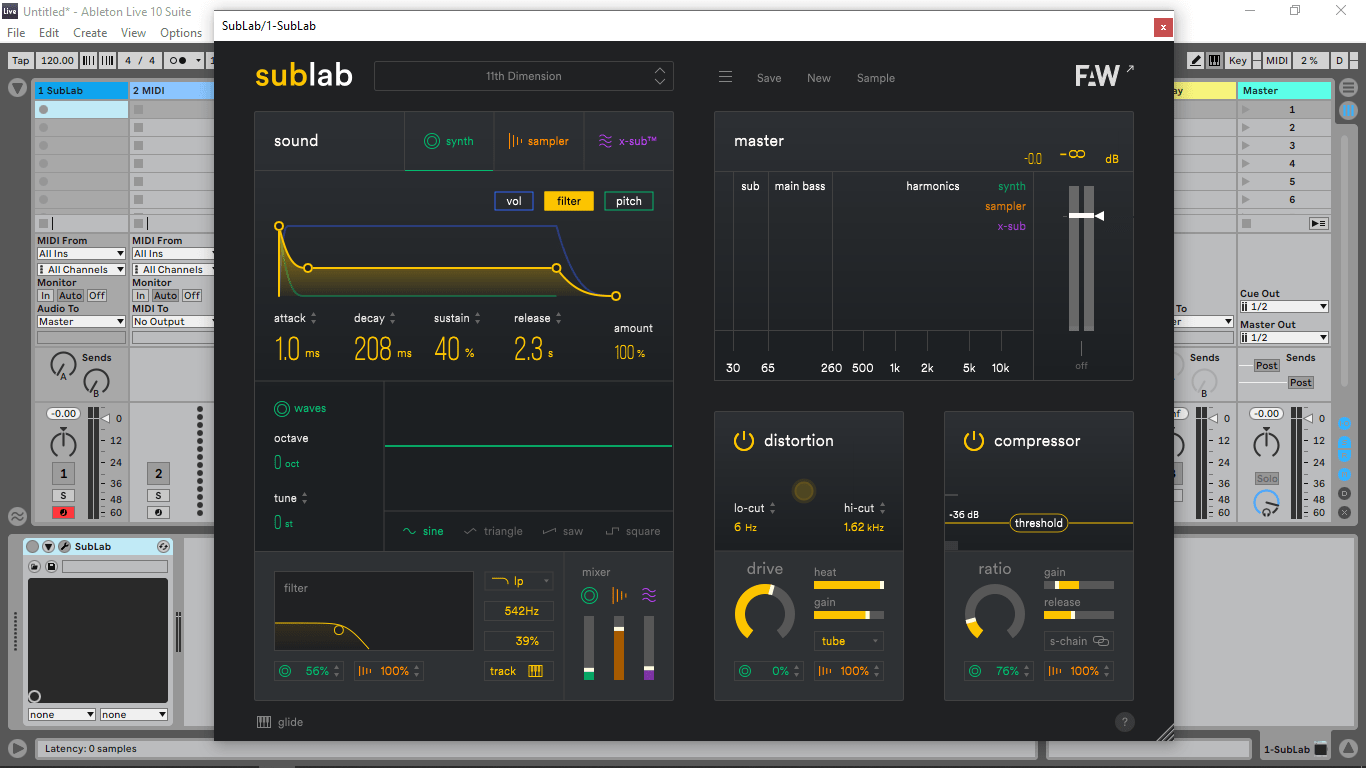

If you have a long, boomy, deep bass sound, then chances are your kick drum will clash with it if it’s also long and boomy. Once you choose or design your ideal bass sound, every other sound you add to your song has to answer the question: “How does this complement or stay out of the way of my bass?”. The last two would be the easiest to mix since both kick and bass function differently and compliment each other. The first one would be the hardest to mix since both kick and bass are long, with clashing frequencies. Three instances of kick and bass combinations. It’s essential, then, to understand that a clean bass can only exist as long as the sounds are chosen inherently complement each other. Most producers are set to fail early on by their poor sound selection. Getting your bass right is one of the most challenging feats in music production. The higher frequencies of the bass region (60 – 200Hz) define the timbre of the sound, while the sub is what gives power and stability to the bass sound. These frequencies, though, are mostly felt rather than heard. The sub-bass is a part of the bass and usually refers to the lowest frequencies of the bass, around 20 – 60Hz. What’s The Difference Between Sub-Bass And Bass?Ī sound consists of frequency information, and bass refers to the frequency region between 20 – 200Hz. Today, it’s one of the most crucial elements in music production that can make or break a record. Sub-bass became a prominent part of dance music in the ’80s when producers got access to machines such as the Roland TR-808, a drum machine with booming kicks, and samplers like the Akai S612. So, sub-bass is the part of the bass that gives impact to a dance record it’s the booming, shaking sensation you feel inside your chest in a nightclub.

The sub-bass frequency range is usually between 20-60Hz, which is the lowest frequency that a human ear can hear. Sub-bass refers to the even lower frequencies of a note. These vibrations then mix with the air particles to deliver the sweet-sounding bass sound that you hear. Bass guitars have thicker strings that enable them to produce slower vibrations. Guitars are made up of strings that create vibrations when plucked. So how exactly do these instruments produce bass? To explain that, let’s examine a guitar. Other instruments that can produce bass include the tuba, synthesizer, bass drum, baritone sax, sousaphone, and many more. However, the bass that you hear in most of the pop tracks today is created using a bass guitar.

These frequencies are vibrations that can be heard and often felt. 11 Readings that you may like: How is bass produced?īass refers to the lower frequencies of notes produced by instruments.


 0 kommentar(er)
0 kommentar(er)
